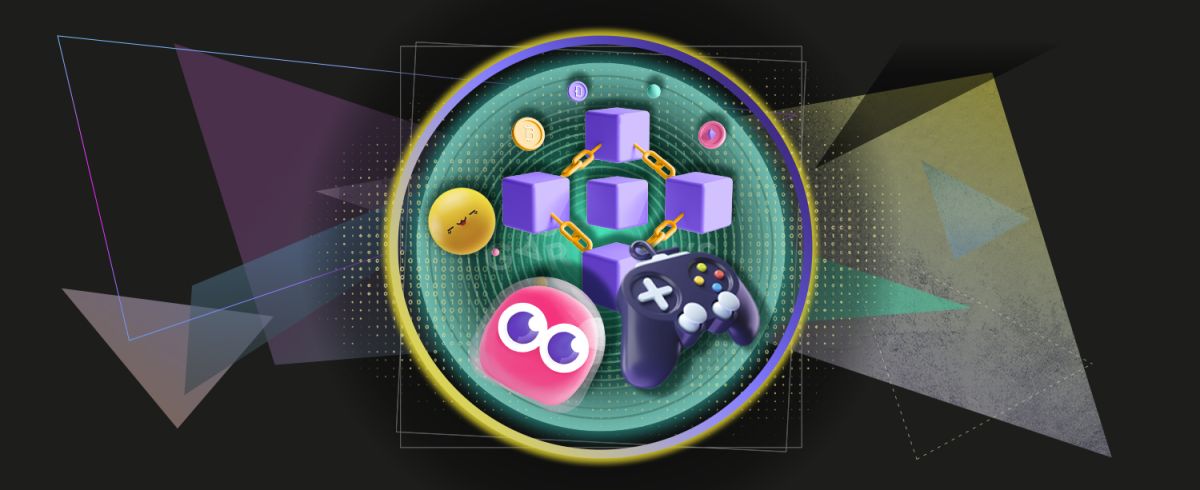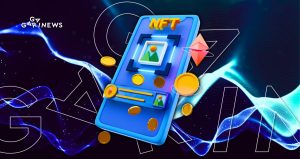What is Flow (FLOW)? The blockchain project overview

The Flow creators claim that their blockchain is best suited for next-generation game and app development. Projects on Flow can scale without limits and sharding.
In 2017, Dapper Labs launched the Crypto Kitties game on the Ethereum blockchain, where players can breed, collect, and sell NFT cats. It quickly gained popularity and began to overload the network. The developers realized Ethereum was unsuitable for their purposes and developed a blockchain to meet their requirements. This is how Flow was born.
Flow is a decentralized blockchain for DEX apps and game creators. The Flow architecture enables users to create DApps that can scale to billions of users worldwide.
Flow allows developers to compose their work and create their applications based on shared resources. In reality, it looks like a constructor from data blocks. This approach will enable you to launch advanced multi-level DApps using the work of other network members.
In addition to the comfortable development of DApps, Flow is well-suited for launching NFT projects. Blockchain already has an extensive list of famous partners and collaborations. Among them are partnerships with Warner Music Group, the UFC, and the NBA Top Shot platform, which has already surpassed $1 billion in NFT sales.
Flow managed to attract quite influential partners. Source: flow.com
How does Flow work?
Traditionally, each node stores all information about the blockchain. Nodes are responsible for processing every transaction on the network. It significantly slows down the blockchain. The creators of Flow have approved a pipeline architecture that divides work into several types of nodes.
1. Collection nodes help distribute data across the network. These nodes are needed to keep the protocol responsive as it expands.
2. Execution nodes are responsible for calculating transactions. They solve tasks related to the completion of a transaction.
3. Verification nodes double-check the work of the validators. They work as a 24/7 system check.
4. Consensus nodes ensure the decentralization of the platform.
As in traditional blockchains, each node participates in the validation of transactions. However, Flow nodes perform different tasks at different stages of confirmation. Each of them specializes in a separate task, thus increasing overall efficiency.
Four types of nodes in Flow. Source: flow.com
To launch your node, you need to lock a certain amount of FLOW tokens (from 130,000 to 1,250,000 FLOW, depending on the node type).
Different types of nodes require equipment of various capacities. You can even run a consensus node on a PC, but you need a separate server to run an execution node. With this complex architecture, Flow eliminates the high fees and low scalability that Ethereum is known for.
What is the FLOW token, and where can I buy it?
FLOW is a network utility token for staking, protocol management, and data exchange.
You can buy FLOW on most of the centralized exchanges, including Kraken, KuCoin, and Huobi.
Flow's all-time high (ATH) of nearly $39 was reached in March 2021. Since then, the token price has declined markedly, and at press time, FLOW is trading just above $1.
Historical FLOW price chart. Source: Coinmarketcap.
The content on The Coinomist is for informational purposes only and should not be interpreted as financial advice. While we strive to provide accurate and up-to-date information, we do not guarantee the accuracy, completeness, or reliability of any content. Neither we accept liability for any errors or omissions in the information provided or for any financial losses incurred as a result of relying on this information. Actions based on this content are at your own risk. Always do your own research and consult a professional. See our Terms, Privacy Policy, and Disclaimers for more details.




























